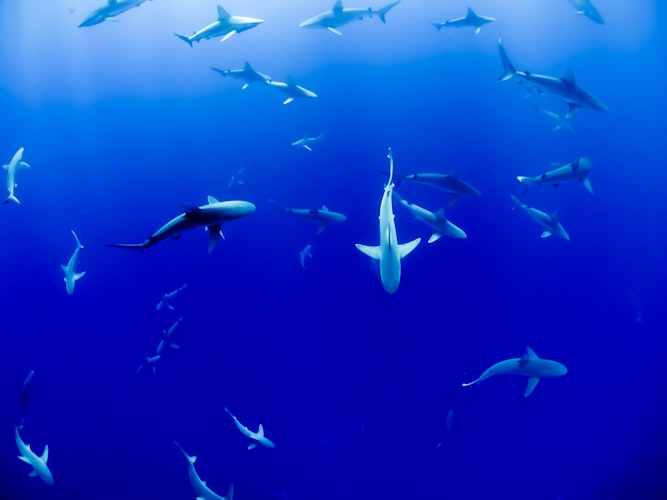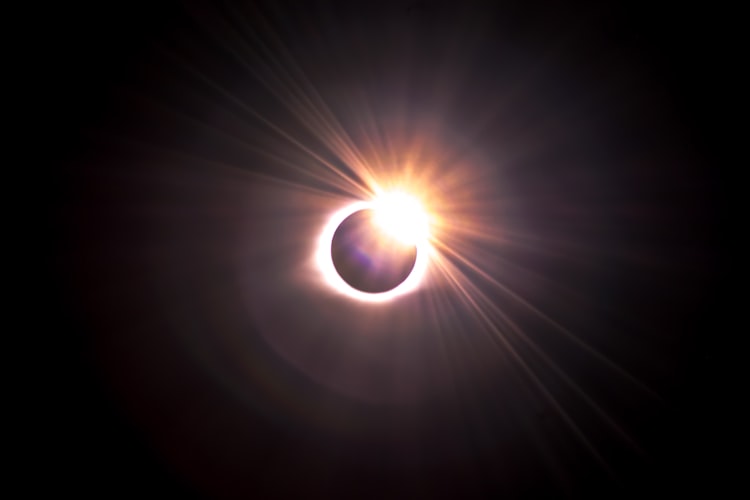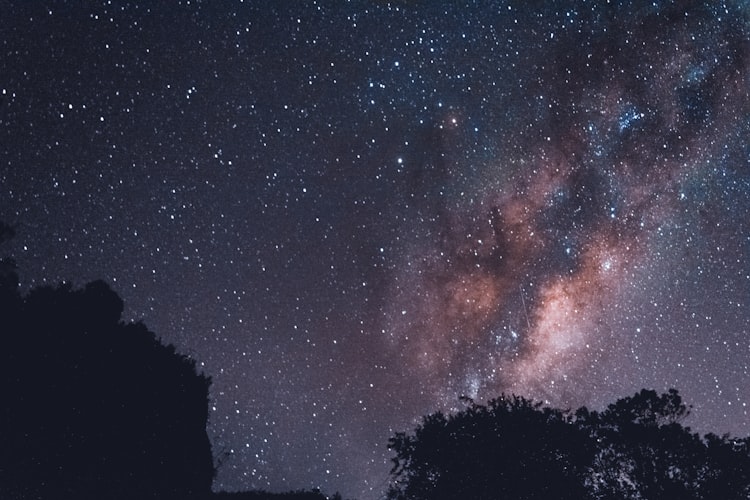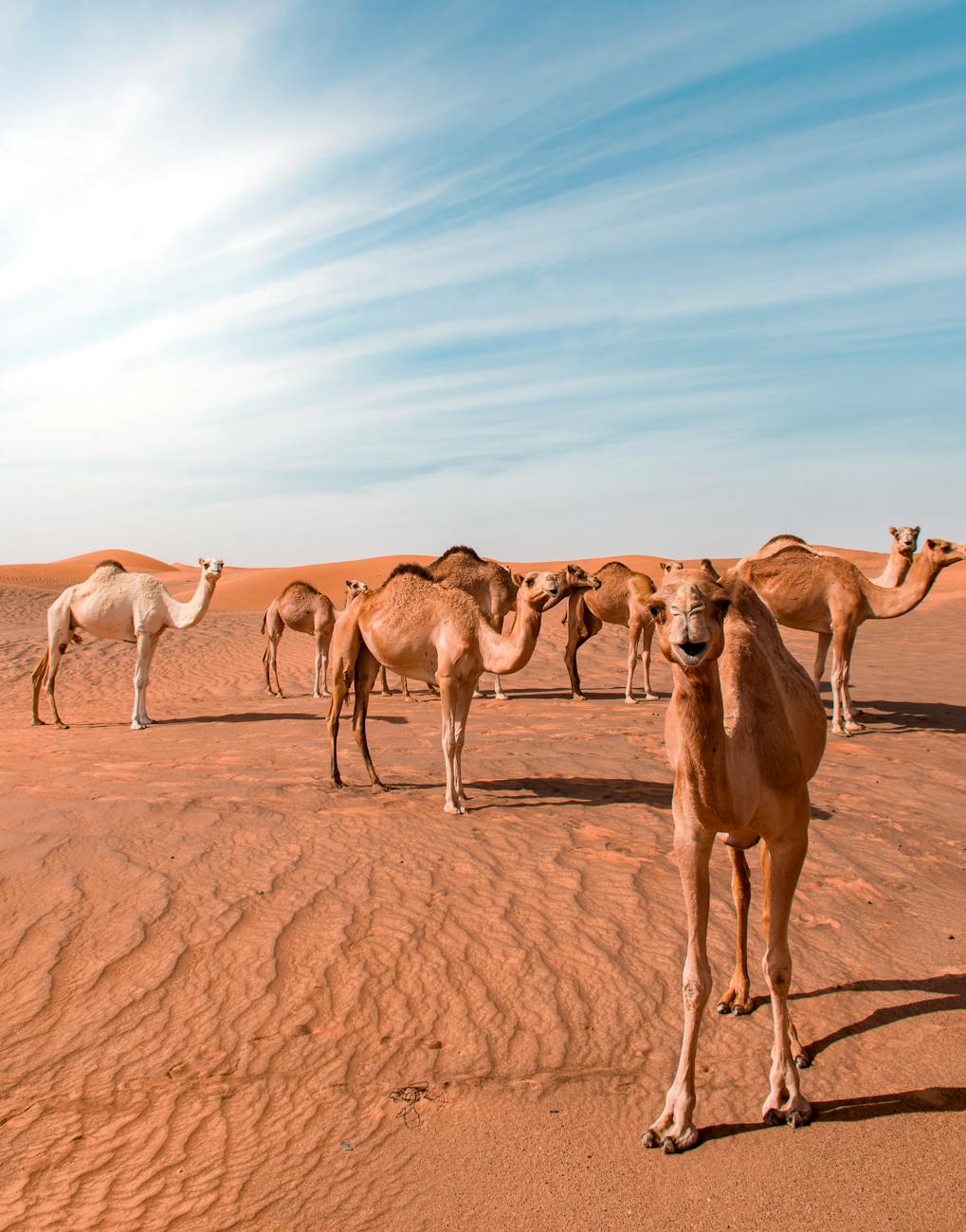We All Know what science is, but have you ever wondered that there are some crazy and fun facts about Science You probably don't know. Therefore lets learn something funny and crispy about science shall we?
This Fact List includes some of the most weird and fun facts of science:
1.Humans created a protective bubble around Earth (kind Of):
Humans, without knowing created a protective bubble around the world accidentally. Human use of very low frequency (VLF) radio communications have resulted in an artificial cocoon that may be helping to protect the planet from solar flares and radiation particles.
2.Popping your knuckles isn't Really bad for your Finger:
Children may think popping their knuckles look cool and sounds good too.
But many adults think that popping their knuckles is bad for their fingers.
but according to Michael Behr, M.D., an orthopaedic surgeon at Piedmont, says this just isn’t so. (source - :Piedmont). Actully There are no proof of link between knuckle cracking and arthritis or any other medical condition.
3.Female sharks have thicker skins than male Sharks :
Female sharks have thicker skins than guys. Researchers believe this is on the grounds that guys have this odd inclination to nibble females while mating. Notwithstanding this, sharks now and then still make a big group in enormous amounts together. In February 2016, scientists detailed that more than 10,000 blacktip sharks were hiding together off the Florida coast.
4.The Eiffel Tower May become 15 cm taller during the summer season:
Its not wrong, it is actually true. if you know physics or thermodynamics or science in particular. you may know that a metal tends to expand a bit while heat is applied to it. As Eiffel Tower is made up with mostly metal the thermal expansion take place.Then again, a drop in temperature makes it contract once more. The mercury level inside a thermometer, for instance, rises and falls as the mercury's volume changes with the surrounding temperature.
Its not wrong, it is actually true. if you know physics or thermodynamics or science in particular. you may know that a metal tends to expand a bit while heat is applied to it. As Eiffel Tower is made up with mostly metal the thermal expansion take place.Then again, a drop in temperature makes it contract once more. The mercury level inside a thermometer, for instance, rises and falls as the mercury's volume changes with the surrounding temperature.
5. Energy of millions of 100-megaton atomic bombs released by the sun which is equal to A single solar flare, which happens every minute:
have you ever thought of that sun is so bright but never really thought of what is going on over there.
well, it is very destructive than you could every imagine.
6. 20% of Earth’s oxygen is produced by the Amazon rainforest:
Our planet's atmosphere is comprised of about 78 percent nitrogen and 21 percent oxygen, with various different gases present in small amounts. The vast larger part of living organisms on Earth need oxygen to survive, changing over it into carbon dioxide as they relax. Fortunately, plants constantly replenish our planet's oxygen levels through photosynthesis. During this process, carbon dioxide and water are changed over into vitality, releasing oxygen as a result. Covering 5.5 million square kilometers (2.1 million square miles),
7. It takes 8 minutes 17 seconds for light to travel from the Sun’s surface to the Earth.
wondering sun is hot? huh?
how much time does it take for sunlight to reach earth's ?
here is your answer!
8. The average human body tends to carry ten times more bacterial cells than human cells : (Source - Sciencedaily) :
as indicated by Carolyn Bohach, a microbiologist at the University of Idaho. Try not to stress, however: most of these microbes are useful. Truth be told, we couldn't survive without them.
For instance, microbes produce chemicals that help us harness vitality and nutrients from our sustenance. Sans germ rodents need to consume about a third a bigger number of calories than ordinary rodents to keep up their body weight, and when the same animals were later given a dose of microscopic organisms.
9.A teaspoonful Amount of neutron star would weigh Almost 6 billion tons:
A star with a mass of under 1.5 sun based masses (the mass of the Sun) shapes a white diminutive person toward the finish of its lifetime, attributable to its gravity being too frail to even think about collapsing it further. On the off chance that the mass of a star is more prominent than five sun based masses, the powers will be extreme to such an extent that the star crumples past the purpose of a neutron star and turns into a dark opening. Be that as it may, between these two limits a neutron star will shape as the aftereffect of a supernova, albeit just around one out of a thousand stars will end up one.
As I said Before A neutron star is the remainders of an enormous star that has come up short on fuel. The withering star detonates in a supernova while its center crumples in on itself because of gravity, shaping a super-thick neutron star. Space experts measure the marvelously huge masses of stars or systems in sun based masses, with one sun based mass equivalent to the Sun's mass (that is, 2 x 1030 kilograms/4.4 x 1030 pounds).
10.Camels don't actually store water in their
humps :
really? How camels survive that long without water?
here is the answer -
camels is able to drink almost 30 gallons (113 liters) of water in only 13 minutes. The water is put away in the camel's circulation system, as opposed to being put away in its greasy mound, which fills in as a wellspring of sustenance when nourishment is rare.















1 Comments
Thank you so much for share
ReplyDeleteRead a helpful information and People also Ask or Search Query:-
How to Fix Google Search Not Working on win 10?, How to Fix Google Search Not Working Properly?, Read More Blogs at OneclickTips | Chrome not working Properly, Chrome not working on Windows 10 And Google Account Recovery phone Number Changed